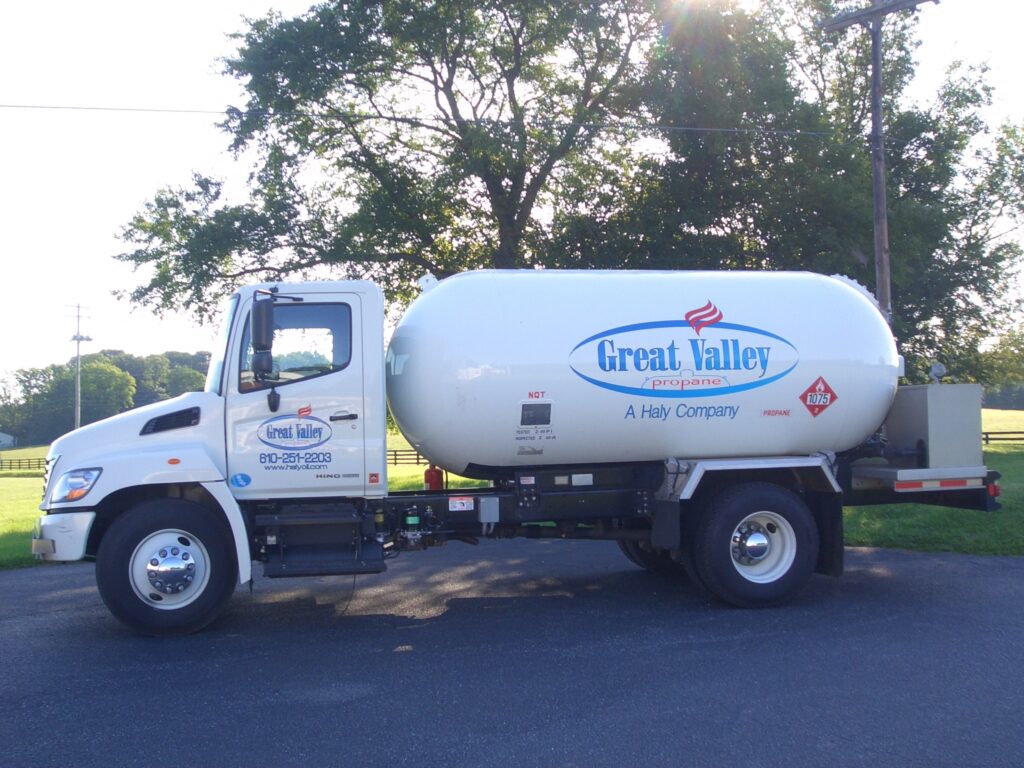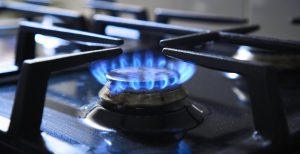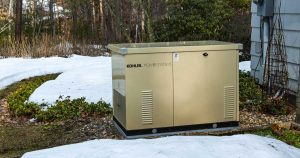LPG is the abbreviation for liquefied petroleum gas. These flammable gases are typically short-chained hydrocarbons such as propane or butane or mixtures of these. LPG is in liquid form at room temperature when it is under pressure (<10 bar). Liquefied petroleum gas is used, for example, as fuel for heating and cooking appliances and to power motors and refrigerators. LPG is not transported through pipelines. It is typically transported and stored in pressurized steel tanks or other containers
The density of LPG is an important parameter for quality control when processing and transporting the liquefied petroleum gas in tankers, cylinders, and other containers. The measured density of LPG is used in custody transfer quantity calculations or to satisfy transportation, storage, and regulatory requirements. You need to know the density of the LPG to allow conversion from mass flow to volume flow measurements.
There are three main ways to determine the density of LPG. All three methods have advantages and disadvantages. Here you can find a summary of the three different LPG analysis methods together with pros and cons:
Pressure hydrometer
The pressure hydrometer is a hydrometer or thermohydrometer in a transparent plastic pressure cylinder which withstands pressures of up to maximum 28 bar and is surrounded by a steel mesh. This cylinder is equipped with three valves, a pressure gauge, and a thermometer reporting the temperature to the nearest 0.2 °C. Before the measurement starts, the pressure hydrometer has to be verified with reference liquids: propane and butane according to ASTM D1657. The measurement starts with purging the cylinder with a portion of sample. Afterwards it is filled with the sample until the hydrometer floats freely. The whole setup is placed in a constant temperature bath. After reaching the equilibrium temperature, the density value and the temperature are read off the hydrometer. If needed, the readings are converted to the density at the reporting temperature using the appropriate Adjunct to D1250 Guide for Petroleum Measurement Tables (API MPMS Chapter 11.1). It is important to empty the cylinder after every measurement.
Gas chromatography
The LPG sample is analyzed by gas chromatography via either liquid or gas sampling valves. The resulting chromatogram of the sample is interpreted by comparing peak retention times and areas with those obtained for the reference standard mixture or pure hydrocarbons under identical operating conditions.
The component distribution data of liquefied petroleum gases (LPGs) can be used to calculate physical properties such as relative density by summing up the mass of each component.
Digital density meter
The LPG sample is filled into the digital density meter with the help of an adapter, which can be directly coupled to the LPG pressure vessel into the oscillating U-tube density meter. The density meter is adjusted with propane and butane as reference liquids and is set to the required measuring temperature, for example 15 °C. The filled LPG is kept in the measuring cell by closing the outlet valve. After a few minutes the result is displayed. No further manual conversion or calculation is needed.






